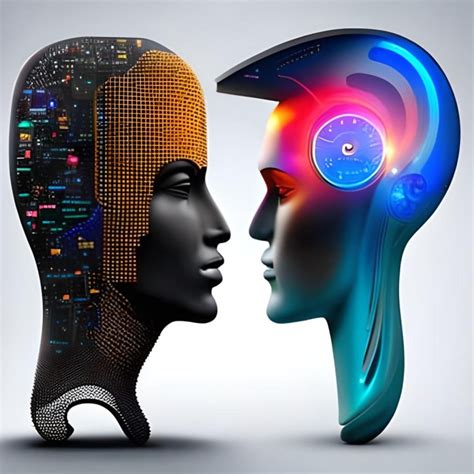In recent years, the intricate interplay between cognitive neuroscience and computer science has yielded fascinating insights. A study from MIT reveals that the brain engages differently when deciphering computer code compared to reading natural language text. Instead of tapping into the brain’s language processing centers, programming tasks predominantly activate regions associated with complex problem-solving, suggesting that programming is more akin to solving mathematical or spatial puzzles than parsing linguistic syntax.
The study utilized functional magnetic resonance imaging (fMRI) to monitor brain activity in experienced programmers. Participants were presented with code snippets and instructed to predict their outputs. What emerged was a stark difference between the neural pathways used for processing programming languages and those for natural languages. While natural language comprehension predominantly occurs in areas like Wernicke’s and Broca’s regions, programming activates a network distributed throughout the frontal and parietal lobes. This network is known as the multiple demand (MD) system and is typically engaged in tasks that require holding several pieces of information simultaneously.
One enlightening comment from the discussion sheds light on why programming might inherently demand a different cognitive approach. A commenter noted that while natural language is often linear and narrative, code constructs are more akin to detailed architectural blueprints or intricate flowcharts. This difference implies a cognitive shift, moving from a narrative-driven processing to an analytical and detail-oriented mindset. The parallel drawn between reading code and interpreting engineering diagrams is particularly astute, as both require holding multiple variables and their interrelationships in mind simultaneously.
Programming languages, despite their nomenclature, often diverge from the fluidity and ambiguity that characterizes natural languages. Comments in the discussion highlighted this by noting the precision required in coding—every statement, function, and variable serves a distinct purpose and adheres to a rigid syntax. Unlike natural languages, where context and nuance allow for multiple interpretations, programming languages are designed to eliminate ambiguity. This precision aligns them more closely with logical and mathematical reasoning, reinforcing the study’s findings that programming employs a different cognitive apparatus.
Insights from experienced programmers suggest that the cognitive load of reading and writing code extends beyond mere comprehension. It involves constructing mental models of how different parts of a program interact. This complexity might explain why prolonged focus on programming tasks can be mentally exhausting. The experience of holding a holistic view of the program’s architecture while pinpointing specific lines of code exemplifies the brain’s extensive engagement in simultaneous processing tasks. Furthermore, interruptions can significantly disrupt this cognitive state, leading to the well-documented frustration among developers when their concentration is broken.
These findings have broader implications for education and the development of programming tools. If programming is indeed processed differently from natural language, educational approaches might benefit from integrating more mathematical and spatial reasoning components. Additionally, tools that support programmers in managing cognitive load—such as enhanced debugging tools, code visualization aids, and better commenting practices—could improve the efficiency and accuracy of coding. The unique cognitive demands of programming also emphasize the need for workplace practices that minimize interruptions and allow for extended periods of focused work, an idea supported by Paul Graham’s concept of ‘maker’s schedule’.
In conclusion, the distinction between reading natural languages and programming reaffirms the complexity and uniqueness of the latter. As we develop more nuanced understandings of how different cognitive tasks are processed, we can better tailor educational methods, work environments, and tools to leverage these insights. The brain’s fascinating adaptability underscores both the challenges and the potential in mastering the art of programming, situating it at the intersection of logical precision and creative problem-solving.


Leave a Reply